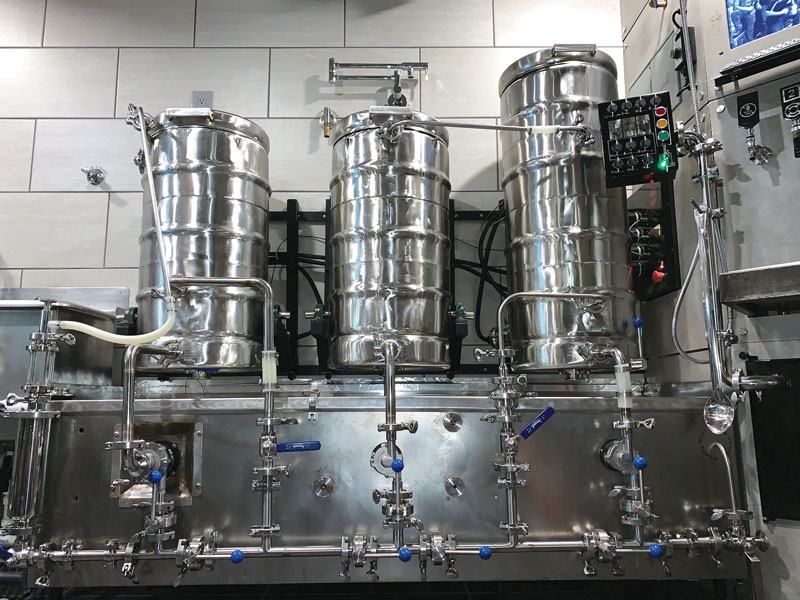Topic: Ingredients
Infusing Chocolate and Coffee to Your Brew
Chocolate and coffee are two adjuncts that are stalwarts in the craft beer world. Denny and Drew have used them both extensively and are here to share their advice to making the best use of them.
Using a Malt COA to Brew Better Beer
Your Malt COA is a valuable brewing tool if you know how to use the listed numbers. It can be a roadmap to maximize your malt during a brew day and that
Best Practices for Using Thiolized Yeast
Thiol aromas can range from subtle to intense with a wide variety of tropical fruit flavors that can integrate into your beers, whether as a complement to a fragrant hop bill or
Hops: Beer Ingredient Workshop with Mitch Steele
Join the Brewmaster of New Realm Brewing and author of the book IPA, Mitch Steele as he explores when and how to add hops to create awesome hop-forward beers. You’ll learn timing and
Malt: Beer Ingredient Workshop with Ashton Lewis
Malt is often overshadowed by other brewing ingredients, but it is truly the backbone of beer. Learn how to better use malt in your brewing and how to best brew malt-forward beers
Water: Beer Ingredient Workshop with John Palmer
Water is a critical brewing ingredient and yet is one of the least understood. John Palmer, who wrote the definitive book on the subject, Water: A Comprehensive Guide for Brewers, will take
Yeast: Beer Ingredient Workshop with Dr. Laura Burns
Learn the basics for good yeast management including yeast selection, harvesting/repitching, counts/contamination checks, and yeast scheduling with Omega Yeast’s Dr. Laura Burns. Laura will also take a deep dive into the world
Using Crystal Malt
Crystal malts run the gamut in color and flavors they contribute to a brew. Beyond these positive characteristics, crystal malts enhance a beer’s body and help with foam stability. They do come
Brewing With Rye
Rye is a versatile ingredient that can lend itself to a variety of beer styles. It can bring a pepper/spiciness and earthy flavor to beers, while also contributing positive characteristics from increased
Brewing Sugars for Modern Beers
Sugar, generally from malted barley, is necessary to feed the yeast that produce ethanol in beer. But sugar can also be an ingredient that doesn’t have to come from malt, and it’s not just used to create macro-style lagers. Let’s take a closer look at some of the more popular brewing sugars, the characteristics they impart on beer, styles they may best suit, and advice on how to best use them in your brewing.
Learn How to Smoke Your Beers
Beer produced with smoked malts don’t need to be smoke bombs. Learn to craft your own smoked malts and use them in recipes.
Thiol Boosting with Grape Skins
Released a couple of years ago, Phantasm powder is a revolutionary product made from thiol-rich Sauvignon Blanc grape skins. Learn how to get the most from Phantasm in your next brew.












